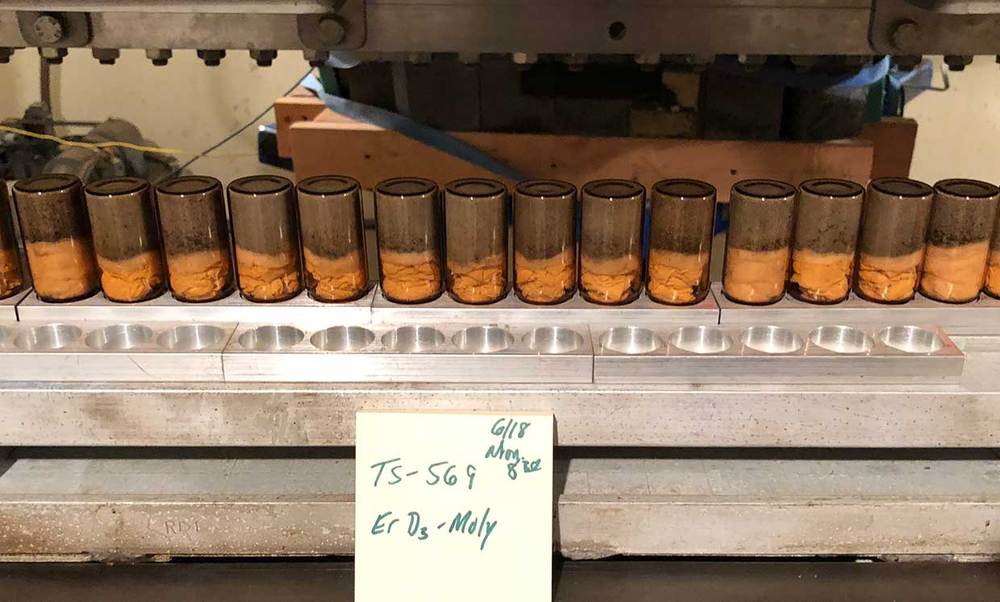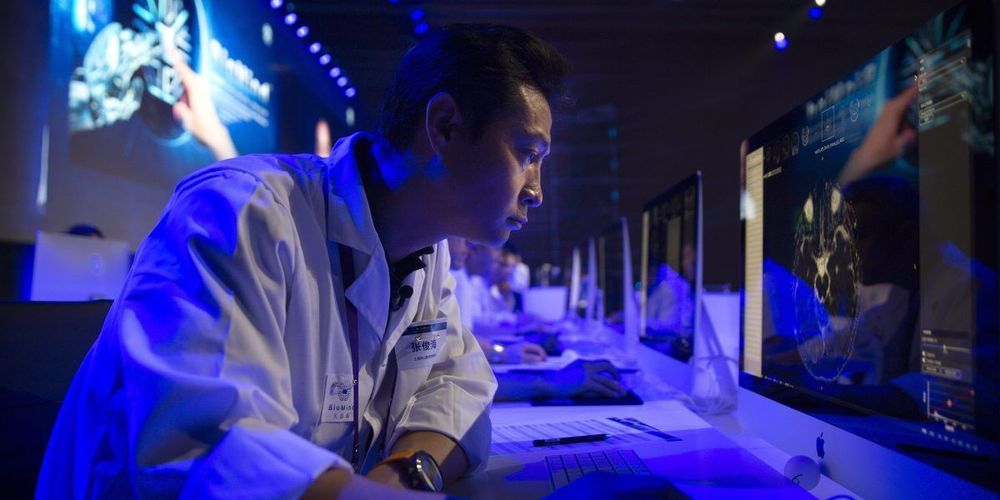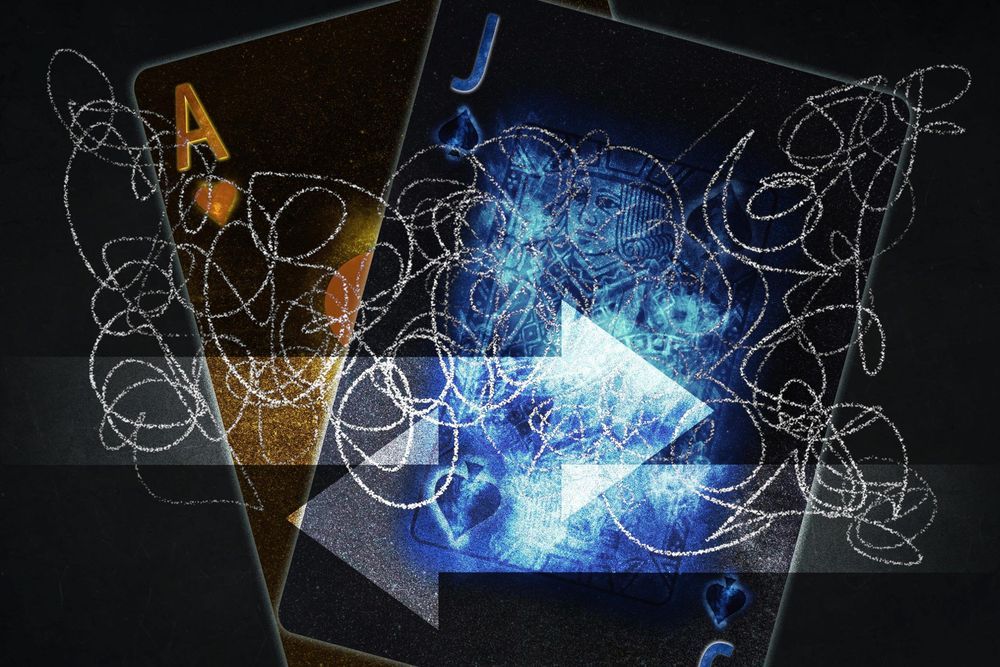NASA researchers demonstrate the ability to fuse atoms inside room-temperature metals.




The context: Studies show that when people and AI systems work together, they can outperform either one acting alone. Medical diagnostic systems are often checked over by human doctors, and content moderation systems filter what they can before requiring human assistance. But algorithms are rarely designed to optimize for this AI-to-human handover. If they were, the AI system would only defer to its human counterpart if the person could actually make a better decision.
The research: Researchers at MIT’s Computer Science and AI Laboratory (CSAIL) have now developed an AI system to do this kind of optimization based on strengths and weaknesses of the human collaborator. It uses two separate machine-learning models; one makes the actual decision, whether that’s diagnosing a patient or removing a social media post, and one predicts whether the AI or human is the better decision maker.
The latter model, which the researchers call “the rejector,” iteratively improves its predictions based on each decision maker’s track record over time. It can also take into account factors beyond performance, including a person’s time constraints or a doctor’s access to sensitive patient information not available to the AI system.

#COVID19: There is overwhelming scientific evidence that a mid-range air humidity has significant benefits for human health. It is very possible for us to be managing the indoor air quality of our public buildings in line with this evidence. The time has come for regulations on indoor air quality to include a humidity level of 40-60u0025RH. This is the optimal level for our respiratory immune system, and will reduce the spread of seasonal respiratory illnesses and their burden on society.nn
There is now overwhelming scientific evidence that a mid-range air humidity has significant benefits for human health. It is very possible for us to be managing the indoor air quality of our public buildings in line with this evidence. The time has come for regulations on indoor air quality to include a humidity level of 40–60%RH. This is the optimal level for our respiratory immune system, and will reduce the spread of seasonal respiratory illnesses and their burden on society.
I am calling on the World Health Organization to review the scientific evidence on humidity and health, and recommend a minimum lower limit of indoor humidity in public buildings to reduce respiratory infections.

Can a Quantum Strategy Help Bring Down the House?
In some versions of the game blackjack, one way to win against the house is for players at the table to work as a team to keep track of and covertly communicate amongst each other the cards they have been dealt. With that knowledge, they can then estimate the cards still in the deck, and those most likely to be dealt out next, all to help each player decide how to place their bets, and as a team, gain an advantage over the dealer.
This calculating strategy, known as card-counting, was made famous by the MIT Blackjack Team, a group of students from MIT, Harvard University, and Caltech, who for several decades starting in 1979, optimized card-counting and other techniques to successfully beat casinos at blackjack around the world — a story that later inspired the book “Bringing Down the House.”

A quantum-mechanical version of the ancient board game go has been demonstrated experimentally by physicists in China. Using entangled photons, the researchers placed go pieces (called stones) in quantum superpositions to vastly increase the complexity of the game. They foresee the technology serving as the ultimate test for machine players that use ever more sophisticated artificial intelligence (AI).

After pandemic-related delays, Russia’s first electric car, called the Zetta, is set to enter serial production in late 2020, the country’s Industry and Trade Minister Denis Manturov has revealed.
The Zetta will roll off the production line in the city of Tolyatti, one of the major centers of Russia’s automotive industry. The cars will first be sold on the domestic market, but the initial business project implies that the Zetta may be exported to other countries, Manturov said.

However, significant roadblocks lie ahead for these start-ups, including embryonic charging infrastructure and the relatively high cost of making an electric car versus one with an internal combustion engine.
Investors are supercharging China’s largest electric vehicle start-ups to expand in the world’s largest car market.
